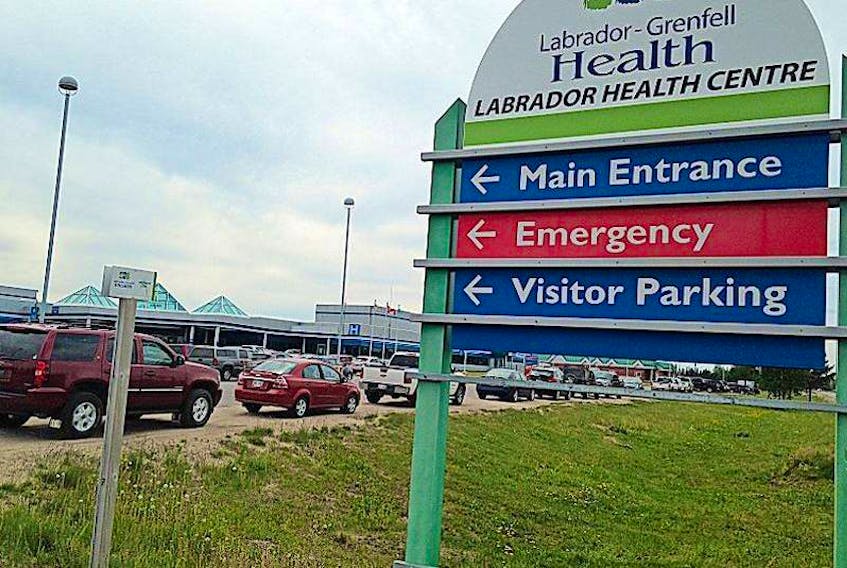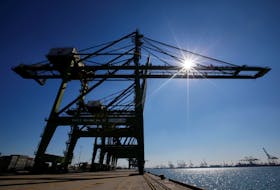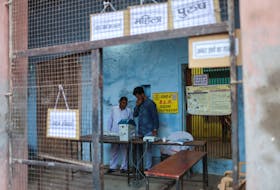HAPPY VALLEY-GOOSE BAY, N.L.
The Vital Signs report produced by the Harris Centre of Memorial University came out a few weeks ago and some of the statistics in the report are eye-catching.
One of those statistics is regarding self-injury hospitalization rates. According to the report the entire province is approximately 30 per cent higher than the national average and Labrador Grenfell Health (LGH) is over three times higher than the national average.
The national average of self-injury hospitalization rates is 68 people per 100,000 people. LGH rates are 231 people per 100,000 people. Since LGH serves a population of about 37,000 people, that means approximately 85 people were hospitalized for deliberate bodily injury in 2016-17.
According to the report, the rates in LGH are similar to rates for the Northwest Territories and the Yukon.
Sandy Penney, regional director of mental health and addictions for LGH, said they’ve been aware of these statistics for some time now, since the data is from 2016-17, and have been working on ways to mitigate these rates.
Penney said it’s important as well to understand exactly what self-injury means.
“When people see that they think suicide or suicidal ideation, but it’s not,” she said. “The two are very different.
“When we talk about self-injury it’s the act of someone deliberately harming their own body. It’s typically not meant as a suicide attempt.”
She said it can refer to things as cutting and burning and is usually a way people use to cope with pain in their lives. They’ve been addressing it through the provinces plan on mental health and addiction issues, titled Towards Recovery: A Vision for a Renewed Mental Health and Addictions System. The report had 54 recommendations, which Penney said they have been adopting.
As part of putting that report together Penney said they spoke with a lot of people with lived experiences and community groups.
“We have implemented in our region many of the new initiatives, which we certainly believe is addressing these high rates of self-injury in our region as well as many other mental health and addiction concerns,” she said.
Penney cited the change to a walk-in service from an appointment-based service for mental health issues in Happy Valley-Goose Bay, Labrador City, Natuashish and Sheshatshiu as an example of one of the changes.
“Where before people would have been waiting on a list, now those people who self-injure can get the help they need in a more timely way, when they need it,” she said.
She said they have also become very active in setting up community coalitions, where people with lived experiences work collaboratively with LGH to improve services in the system. The coalition in Happy Valley-Goose Bay, for example, worked with LGH to change the system to a walk-in service.
“We didn’t just go out and change the system,” she said. “We worked with people who had been in the system and received our services to change the service, as opposed to doing it and letting people know what we’ve done, we’re engaging community members more and more all the time.”
When LGH brought in the mobile crisis response team in Labrador West, that was also a result of community consultation, Penney said.
The community coalitions will be set up in the other areas LGH services, such as the Northern Peninsula, in the coming months.









